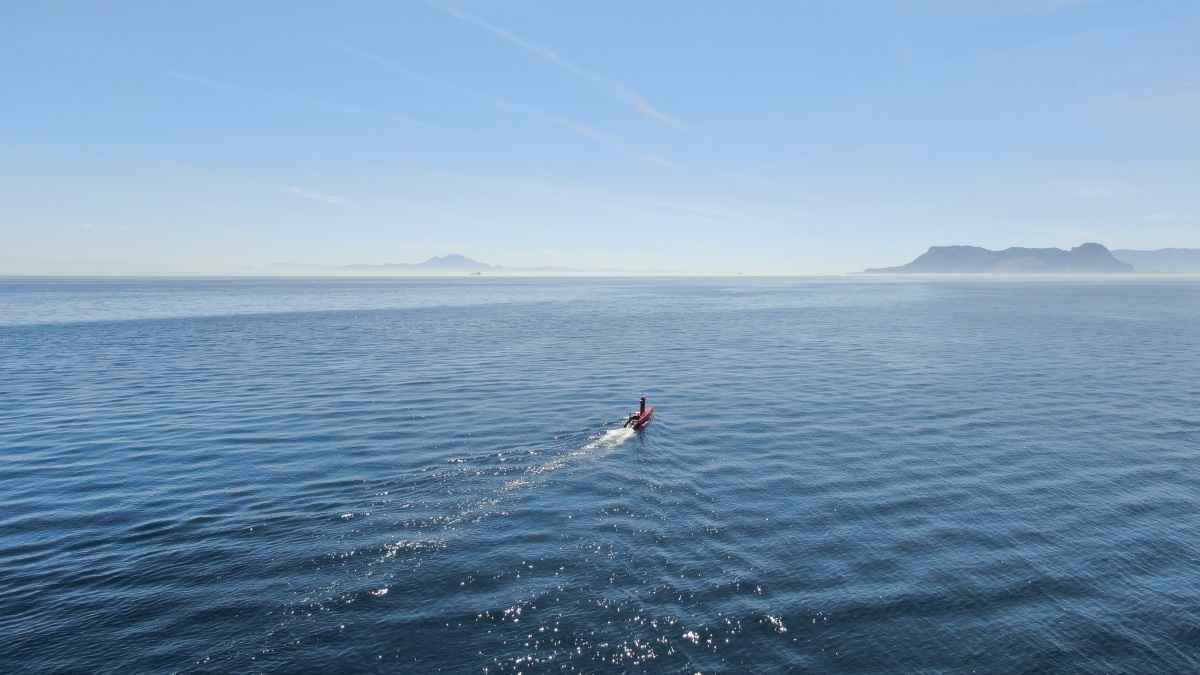Exail has marked a major milestone in maritime autonomy with its DriX O-16 uncrewed surface vehicle (USV)completing a 1,100-nautical-mile (2,000 km) voyage from La Ciotat, France, to Troia, Portugal. The 16-meter platform sailed independently for six days to participate in NATO’s REPMUS 2025 exercise, demonstrating endurance, reliability, and operational maturity.
A Six-Day Uncrewed Voyage
The DriX O-16 sailed past the Balearic Islands and navigated through the Strait of Gibraltar—one of the busiest maritime passages in the world—without requiring a single port call. Operated in supervised autonomy from Exail’s Remote Operation Center (ROC) in La Ciotat, the platform showcased its ability to manage complex maritime environments with strong situational awareness and dependable decision-making.
The long-range mission not only confirmed the platform’s resilience and safety but also provided a proof-of-concept that large USVs can be remotely supervised across international waters and congested sea lanes, arriving in theater fully mission-ready without heavy logistical support.
Operational Capabilities on Display
During its voyage, the DriX O-16 also carried out seabed mapping operations using a Kongsberg EM304 multibeam echosounder. This capability highlighted the vessel’s ability to collect valuable hydrographic and oceanographic data while in transit, further demonstrating its dual role as both a transport and data-gathering platform.
“This unprecedented long-range transit shows that large USVs are now an operational reality,” said Sébastien Grall, Head of Maritime Autonomy Solutions at Exail. “As the first uncrewed platform to successfully execute such a mission, it sets a new benchmark in surface autonomy—safe, reliable, and mission-ready.”
A Decisive Step Toward Autonomous Naval Operations
Exail’s achievement is more than symbolic; it marks a turning point in the operational readiness of large uncrewed surface vehicles. The ability to conduct extended, unsupervised voyages while maintaining mission capability represents a decisive step forward in integrating autonomous systems into naval and maritime operations.
As NATO and partner navies expand their reliance on autonomous platforms for surveillance, data collection, and operational support, the DriX O-16’s successful deployment to REPMUS 2025 demonstrates that these technologies are moving from experimentation into real-world application.
Table of Contents
Toggle











